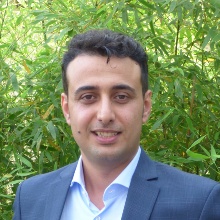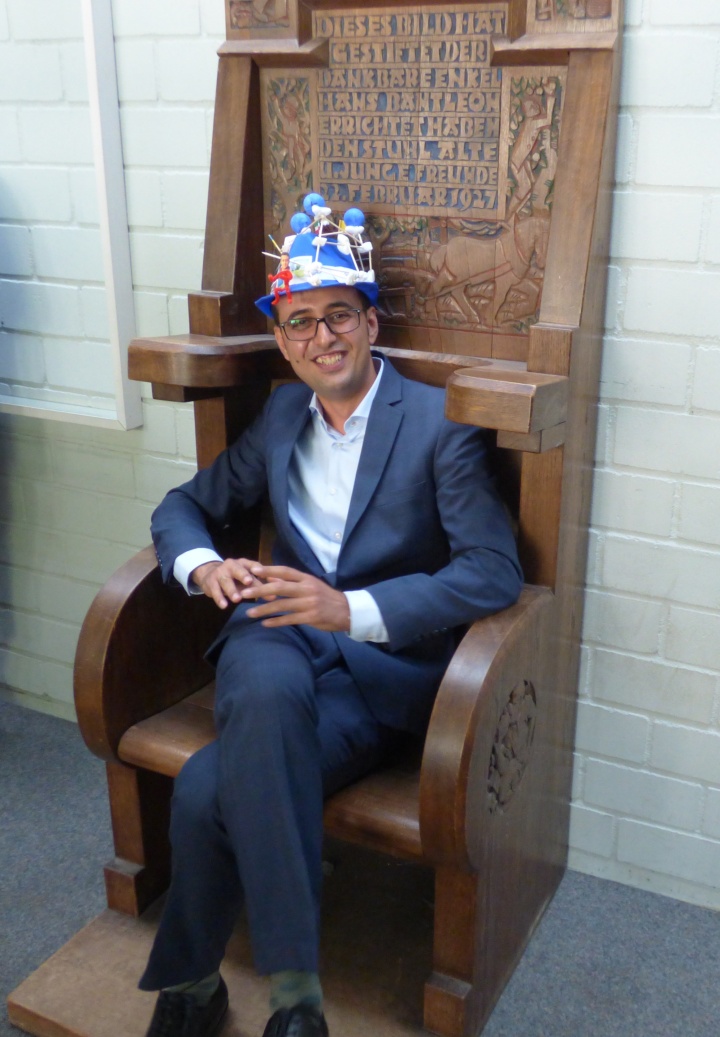Maziar Veyskarami, doctoral researcher at the Department of Hydromechanics and Modelling of Hydrosystems, successfully defended his doctoral thesis "Coupled free-flow–porous media flow processes including drop formation" on July 12. He completed his dissertation in the framework of the International Research Training Group (IRTG) DROPIT and during his work he closely cooperated with SFB 1313 project A02.
Abstract
In a coupled free-flow–porous medium system, the interface plays a crucial role. Droplet formation at the interface affect the interaction between the free flow and the porous medium, in particular, the exchange of mass, momentum, and energy between the two domains. Droplets at the interface might grow or shrink, depending on the rate of fluid flow into the droplet from the porous medium and the evaporation rate from the surface of the droplet to the free flow. They also might spread and merge with other droplets at the interface, or be detached by the free flow.
Such phenomena are of great importance in many natural processes like human perspiration, in which droplets form at the skin to control the body temperature, and technical applications such as fuel cells, cooling systems, membrane emulsification and filtration, thermal insulation and air conditioning of buildings.
We developed a model to describe multiple droplets at the interface of a coupled free-flow–porous medium system. In this model, droplet–free-flow and droplet–porous medium interactions are taken into account to develop new sets of coupling conditions for mass, momentum, and energy transfer at the interface. Our model is able to describe the droplet formation and growth at the interface due to the liquid breakthrough from the porous medium, and to predict the onset of the detachment of a growing droplet from the interface due to the surrounding free flow. Here, we characterize the droplet evaporation as a process, which occurs due to the diffusion of vapor from the droplet surface to the surrounding free flow.
Our model could serve as a basis for further developments, e.g., describing film flow at the interface. It also could be used as an input provider for homogenization and upscaling of transport in coupled free-flow–porous medium systems including droplets.



